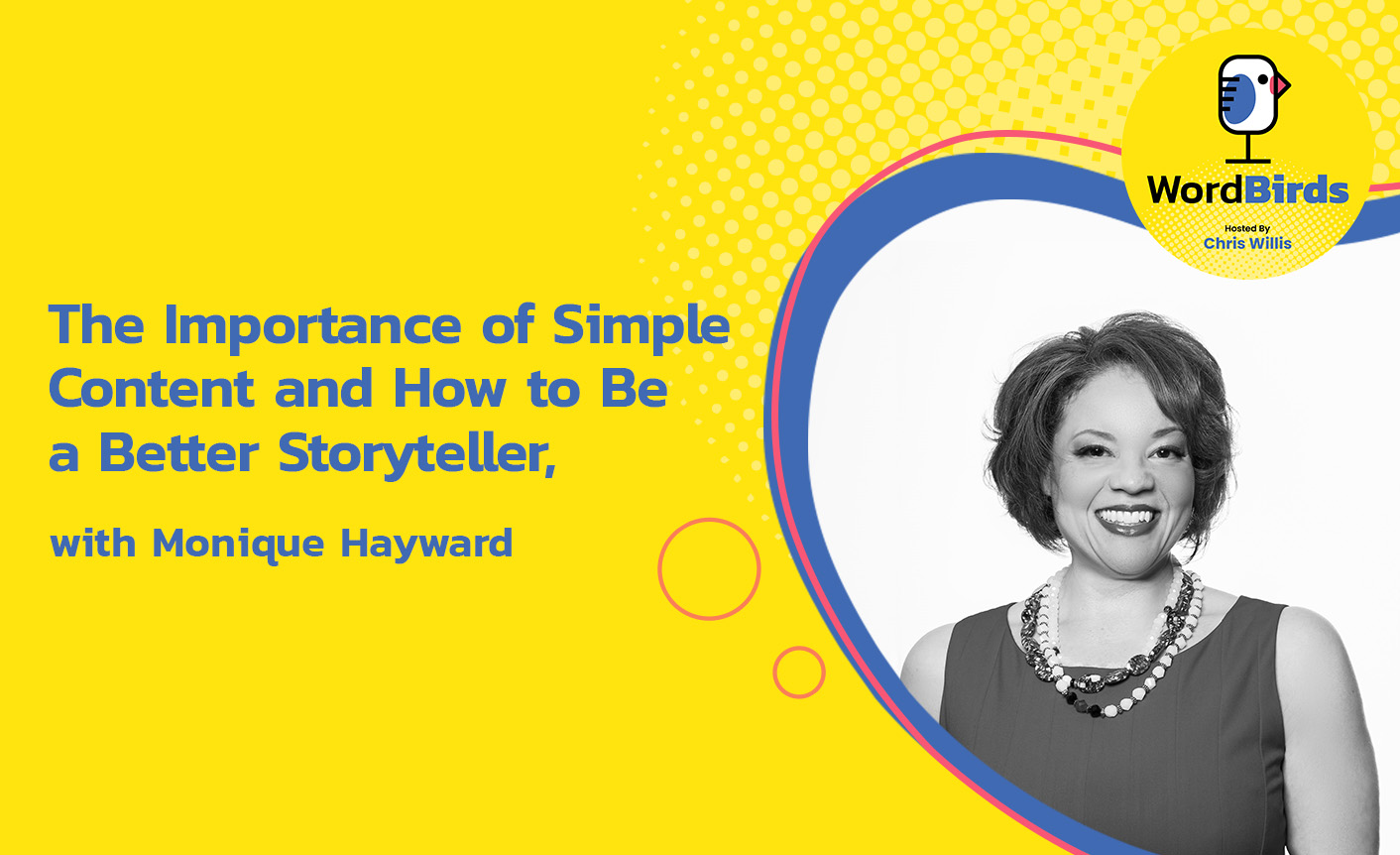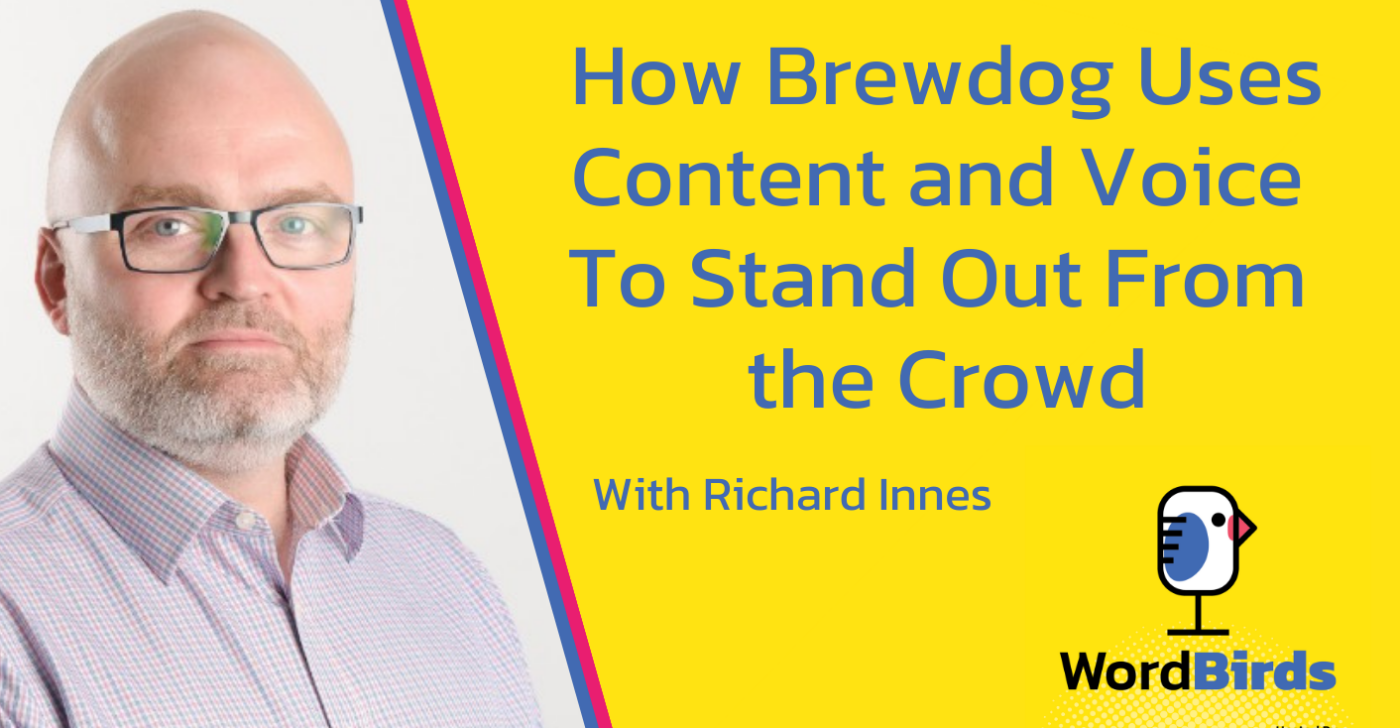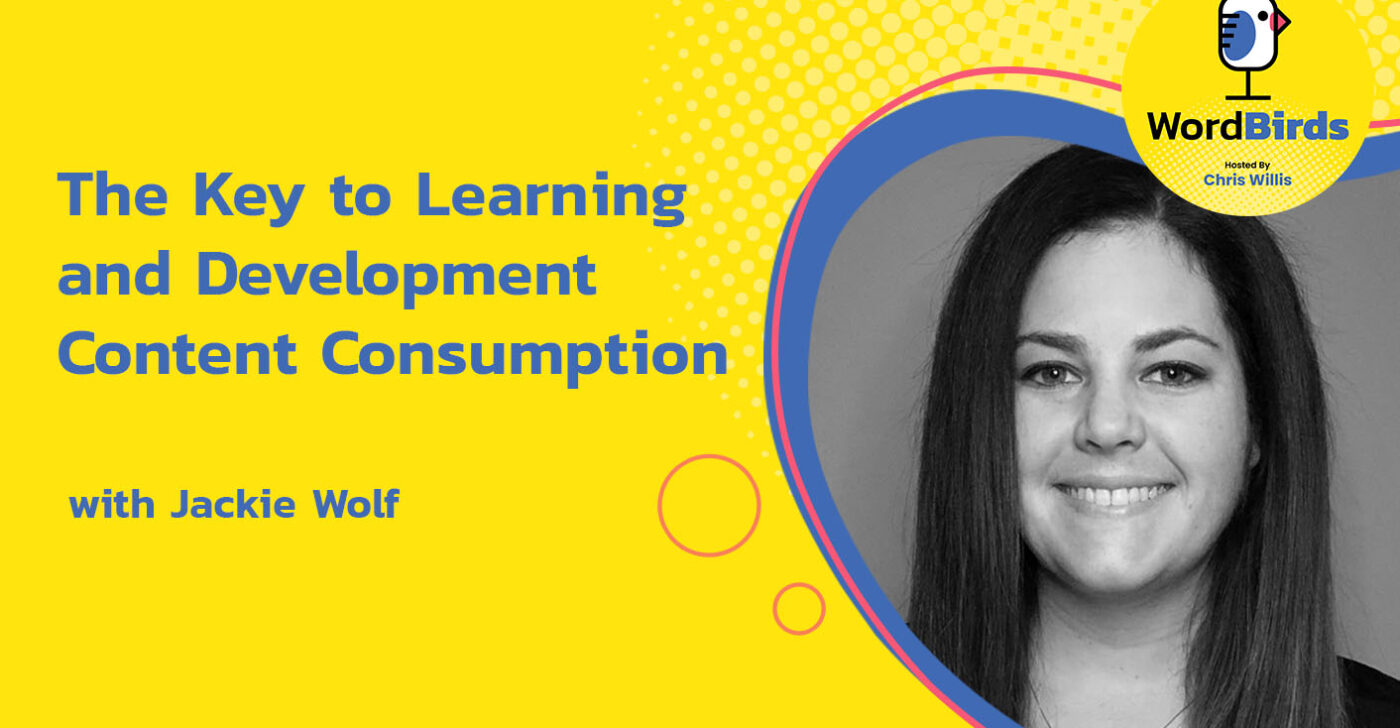Simplicity drives value in content creation. There is no point in making your content overly complicated, especially if you’re talking about things that are already complicated. Everything is geared towards making your audience truly understand the value you are offering and appreciate it so much for them to take action. And there is no better way to do this than to tell a story that resonates with the people you want to reach with your message. After all, great storytelling drives great business results.
In this episode of Word Birds, Monique Hayward, Senior Director and Ecosystem Lead for Business Applications Marketing at Microsoft, explains the importance of simplicity and storytelling in content creation. She also talks about how partner content really drives the partner channel. Tune in for more!
Watch the episode here
Listen to the podcast here
Read full episode transcript
In the show, we have Monique Hayward. She is the Senior Director and Ecosystem Lead for Business Applications Marketing at Microsoft. We’re going to talk a little bit about how partner content drives the partner channel and simplicity, specifically how simplicity drives value in content creation. We’re going to talk about storytelling and how great storytelling can drive business results. Let’s go ahead and sit back and get some insight from the flock.
Here we are with Monique Hayward. Welcome to the show.
Thank you, Chris. It is lovely to be here. I appreciate the invitation.
I’m excited to talk about what you do. Being in charge of ecosystem marketing for the partner program at Microsoft Dynamics, I wonder, in the scope of partner programs, there is much content from every angle and every type of content being pushed out to fuel this content community. One of the things that you like to talk about is creating simplicity and communication. It feels like those two things don’t go together. What does simplicity mean in the context of what you do at Microsoft?
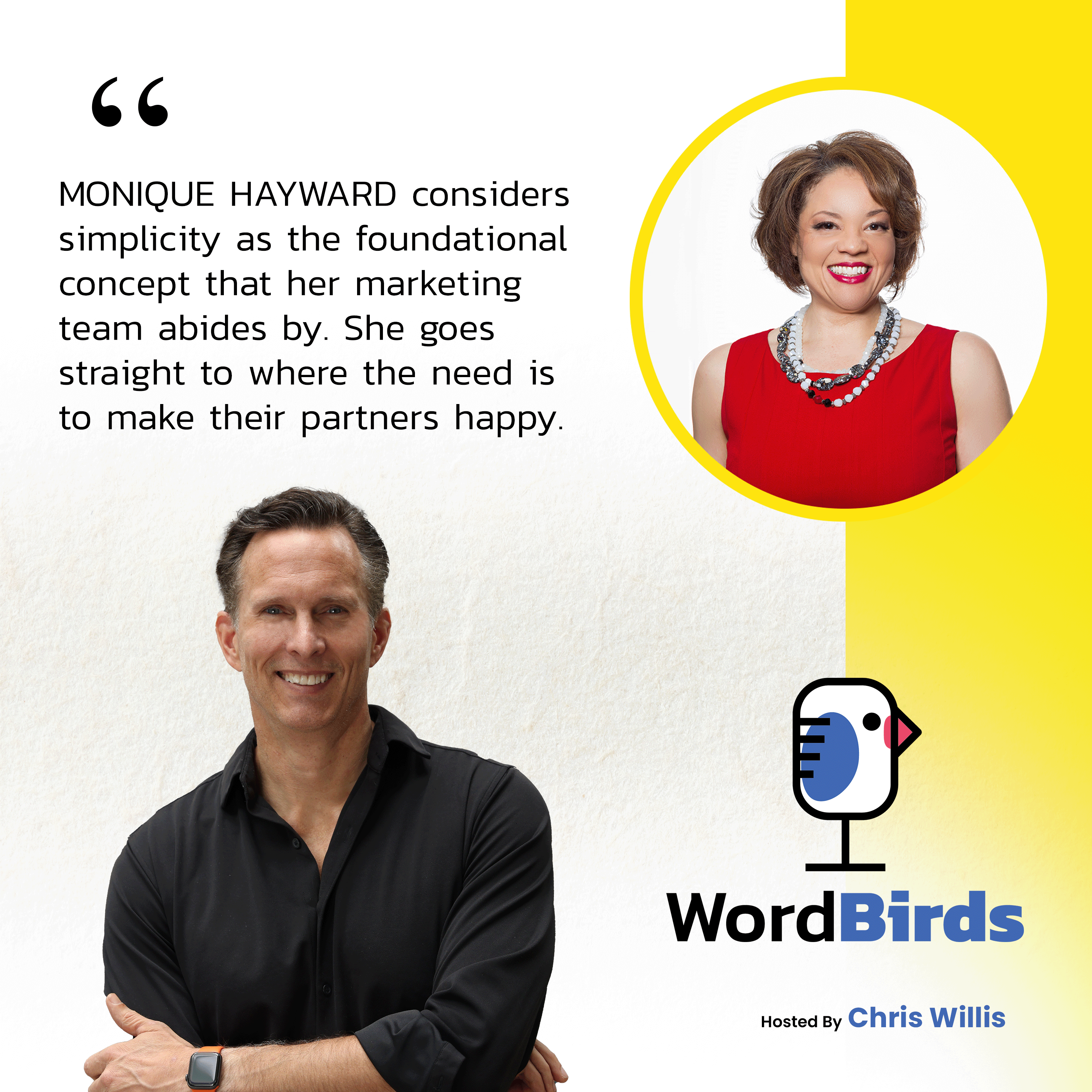
Thank you so much for that great introduction. I am keyed into simplicity as a foundational concept for my marketing team and me at Microsoft. That is because of the reasons that you described. We are inundated with all kinds of content, messages, and calls to action that we have to constantly reconcile in terms of the priority and whether or not it’s going to affect our partners in a way that is going to deliver some fantastic impact for their businesses.
When I think about simplicity, I think about three things:
- The clarity of the message
- How compelling it is
- How actionable it is
If I can get some momentum around those three key tenets for how I think about the way that I want to communicate with my partner ecosystem, the better off my team and I’ll be in terms of how much impact we can have for them in their businesses.
Is there one version or one governance model for clarity for your audience? Do you have to think through multiple clarity models?
I have to think through multiple ways how to focus on simplicity because the business itself is complex. Dynamics 365 and Power Platform are what we call business applications software. That is the backbone of how to run an enterprise. If you think about everything from your customer relationship management, sales, supply chain, and human resources, that entire supply chain business process layer software is not easy to break, and it is complex by definition.
In order for us to create those value propositions for our partner community around such complex, digital transformation types of endeavors that they are embarking on with their customers to deliver solutions that are going to advance their businesses. We need to ensure that we have the opportunity to think about it in a way that’s not going to overcomplicate something that’s already complicated.
I’m not a longtime Microsoft person. I worked at Intel for several years prior to coming to Microsoft. One of the things that we do in high technology is indicative. It is part of our DNA because we have many brilliant, innovative technical geniuses who create these products and solutions for broad market deployment. We constantly have to reign it in a little bit to ensure that people can understand what it is that we are trying to deliver.
That’s part and parcel of the business that we have a tendency to overcomplicate things. Those of us on the inside who have the background and the expertise in marketing, communications ,and other disciplines that value clarity, simplicity, and a direct call to action are constantly at odds with the tendency of those forces to want to continue to pile on and add more complexity to things.
The complexity of who you’re talking to because it’s not one persona. You’re talking to developers with some of your content to marketers with other parts of your content to the sales organizations, and you can communicate the same way. The tone of voice that you use with a marketing person is distinctly different than the tone of voice that you use with a developer, which creates another level of complexity. On top of that, it’s not the consistency of language. It’s how do you engage with these audiences?
In my job, in particular, I got partners with whom I’m engaged, communicating, and interacting. They’re in between the end customer and me. That creates fun and interesting dynamics to use upon.
Partners want to be able to count on us for bringing them into a conversation at the right time on the journey that they're on with their customers. Click To TweetWith the simplicity that you’re trying to build in, how do you measure or how do you know that simplicity is working with your audiences?
I have only been in my job since 2021. This has been a journey that I have been on with my team, first of all, to understand where we are in terms of the marketing and communications platform that we have in place with our partners. I started out by getting a handle on where we were and understanding our opportunities.
What I did when I first started was reach out to our partner advisory council. We have a couple of partner advisory councils. One is for the Independent Software Vendor, ISV, side of our business, and the other is for the System Integrator or SI side of our business. We have about 25 partners on each of those councils. I personally picked up the phone and reached out to those 50 people to introduce myself and to get feedback from them on where Microsoft is, in terms of our partnership, with these partners, what programs have been working, and what kinds of messaging land well with them.
What I found was that they were overwhelmed. There are many things that are coming at them, not just from Microsoft, because they do business with other companies in this space. What they want from us are predictability and simplicity. They want to be able to count on us for bringing them into a conversation at the right time on the journey that they’re on with their customers.
The other thing that I have found in terms of what is working and what’s not working is the more that we can focus on putting ourselves in the shoes of the partner, the opportunities that they’re facing, and the challenges that they are dealing with, the more empathy that we can demonstrate in that conversation, the better off will be. From there, I’ve been moving in the direction of formalizing strategies, plans, and execution around programs in the spirit of feedback that we got in those conversations and beyond in the year since I’ve been in the role. That’s one thing.
The second thing in terms of measurement that I’ve been thinking about as we get more formalized plans in place is the back-to-basics KPIs from back in the day. Are we generating awareness that we want to generate with our partners around the value we are delivering to them in this ecosystem if they participate in order to advance business applications in the industry? Are we creating what our CMO, Chris Capossela, at Microsoft likes to call brand love? Are we creating that affinity with our partners? Are they choosing Microsoft first?
How do we get some metrics around that positive perception that they wake up every day and go, “The first thing that I’m going to do is the support of me and my business and how that is going to help with the work that I’m doing with Microsoft?” The third big area that I want to focus on is thought leadership. A lot of times, in a competitive space, we haven’t been as vocal and forthright in talking through our leadership in the industry on business applications and how that accrues to goodness for our partners and customers.
That thought leadership can be the fun part of the content because that’s the storytelling, attraction, and the top-of-funnel bringing in partners to show them why Microsoft. That’s got to be where your creativity comes out.
We have a lot of opportunities to tell better stories. I was having a conversation with my manager about how we need to become better storytellers for a couple of different reasons. One is what we are describing, the thought leadership aspect of it. Two, it goes back to the simplicity and clarity of the message. The more that we can be deliberate in terms of the stories that we are trying to tell that are those transformational messages, those stories that move the business, customer engagement, and figuring out where people have done something cool and amazing with our technology. It’s not about technology for technology’s sake. It’s about what it is that it enables people at the end of the day.
We have a lot of opportunities to tell better stories. We need to become better storytellers. Click To TweetIt must be measurably easier for Microsoft to get case studies from customers and partners than it is for a company like mine. It’s a challenge in every contract negotiation. I feel like when Microsoft calls and says, “We would like to do a target video with you to talk about how successful you are,” that resonates more than when I call.
It’s still is hard for us. People always want to know what’s in it for them. A partnership is all about one plus one is greater than three. A lot of times, the partners have as much, if not more, leverage in that conversation than we do, even though we have a lot of assets, credibility and big brand sense and sensibility that we bring to the conversation.
It comes with a position of power coming from Intel or Microsoft and building this framework out. You have decades of experience making this happen and being able to walk into a business like Microsoft, the framework that you bring with you to be able to put this in motion. Are there top five things that you think of that need to happen as you walk in the door to turn this on or improve this process at a company like Microsoft?
I’m relatively new to my role, and every time that I’ve taken a new position, I’ve had that 30, 60, to 90-day plan that we’re all taught to have. Not to disturb the groove too much in the first 90 days in order for you to gain an understanding of what is going on in the business, the capabilities of the team, establishing rapport, creating credibility, look for the low-hanging fruit, quick wins, and those kinds of things. I take every opportunity that I have to start new with a new team or new position.
In a partnership, one plus one is greater than three. Click To TweetFrom a top five perspective, there’re things that I look at closely that I think are indicative of the way that I like to be effective and efficient because I don’t like a lot of foolishness. I’m also a get-it-done girl. I want to get work done. I don’t like a lot of drama and crazy. I got to hang on to this job, and it’s got to be fun and something that I’m motivated and passionate about coming and doing every day.
Those five things are where we can be most effective and efficient and how we create our vision, strategy, and execution plans. That number two leads to how I visualize our operating model. I don’t want to get too technical about operating models and all that stuff, but it is about how we do the work. Are we set up for success? Am I leaning in with the right skillsets and opportunities for people to do their best work?
Number three, can I create an environment where people can bring their whole selves to work where they are doing the work that they want to be doing, not because they are getting paid to do it? It’s because they feel like they got a higher purpose in doing that work.
Number four, can I be the leader that my team wants me to be for them? I do think a lot about my role in creating that space for people to do their jobs. By no means is anybody a micromanager. I told one of my employees, “If I am doing your job, something is wrong.”
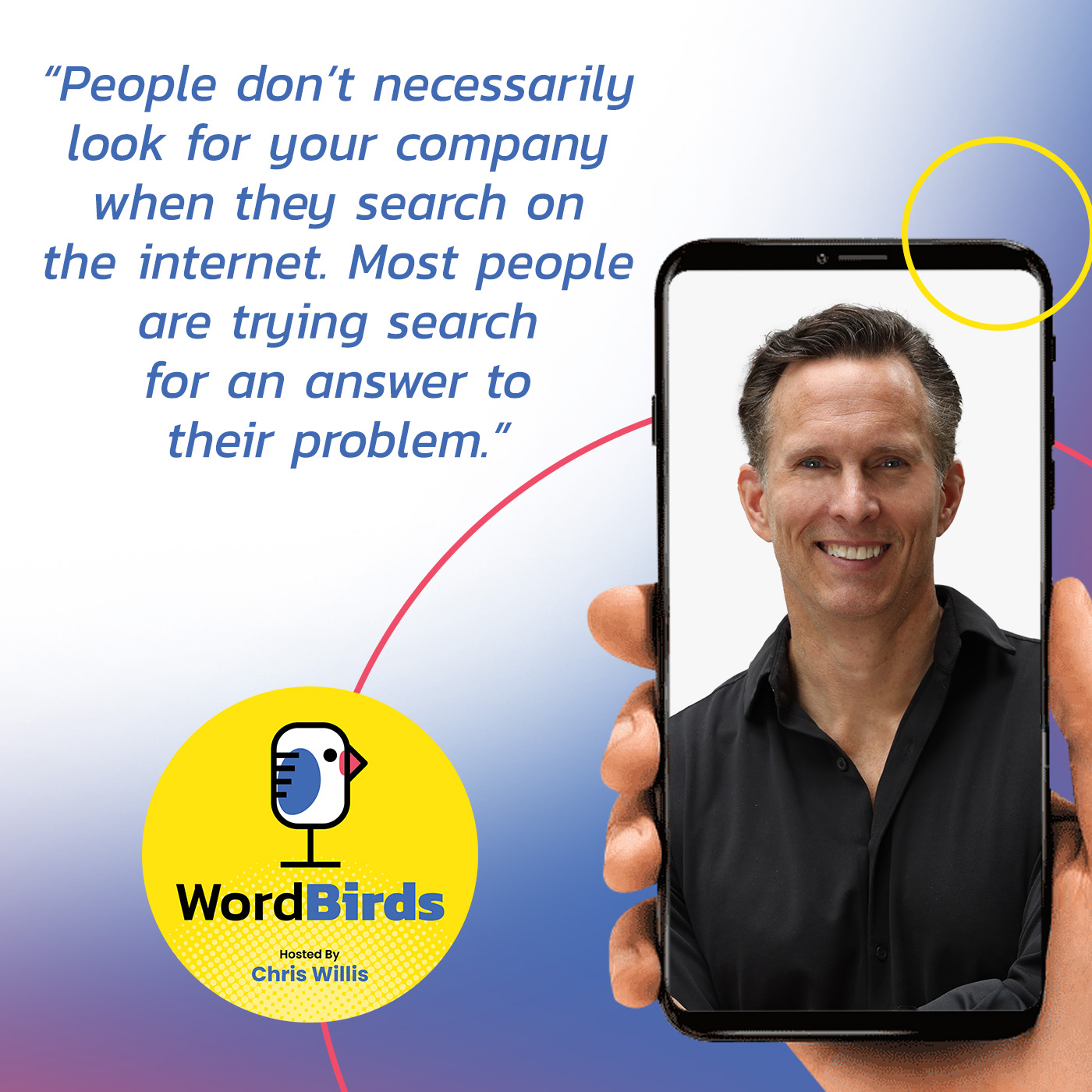
It was a career development conversation. We were talking about how we’re going to put plans in place for this particular employee to get to the next level because that is what this person aspires to at the company. We were talking about where this person can have more impact and where you can have more opportunities to get more visibility and exposure in the organization and bring all of those great superpowers that the person has to lend more credibility to himself and the team.
We were in this conversation. I’m like, “I am nobody’s micromanager.” I trust my teams to show up and do the job that they are being paid to do, much less being asked to do and want to do.
The fifth thing is being true to myself. That’s the reason why I want to continue to hustle and grow as a leader, professional, marketer, and entrepreneur. Those are the five things that I bring to marketing in the best way that I possibly can.
It sounds reminiscent of a book that I believe is out there called Get Your Hustle on! and it is also written by somebody with your exact name.
Get Your Hustle On!: It’s Not Just About Getting a Job, But Building a Rewarding Career
Thank you very much for bringing that up. That was a great way to segue into this girl being an author, speaker, and entrepreneur. My last book that I wrote is called Get Your Hustle on! It’s not about a job but building a rewarding career. That book was born out of a lot of conversations that I’ve had over the years as a mentor, coach, and sponsor of people who are up and coming in their careers.
I found that you probably find this with the folks who you mentor and who you coach. You find yourself saying the same things over again. It’s in a different context or with a little more specificity depending on the situation and the person who you’re mentoring, coaching, or having these conversations with. I found myself in a position where I was being asked to deliver these messages about how to be successful in your career. I said, “I’m saying it too much. I probably should put it in a book.” That’s what I did.
That’s a great example of the type of actionable content that we’re talking about here. People don’t come out and look for your company when they search on the internet. That is not a thing. We do get a lot of organic branded traffic, but some people are trying to solve problems. People are trying to solve problems by searching for an answer to their problems and by putting content out there in any form. Specifically, we’re talking about a book. It’s not selling anything. It’s providing guidance and assistance. Actionable content is what moves all of the needles for us.
When you think about the measurement of your book, it would be the ability for people to be successful. The measurement for marketing content at Microsoft goes all the way to revenue. The content that your team creates drives partner relationships. In the long run, it ends up driving revenue because if partnerships are successful, they’re driving your business.
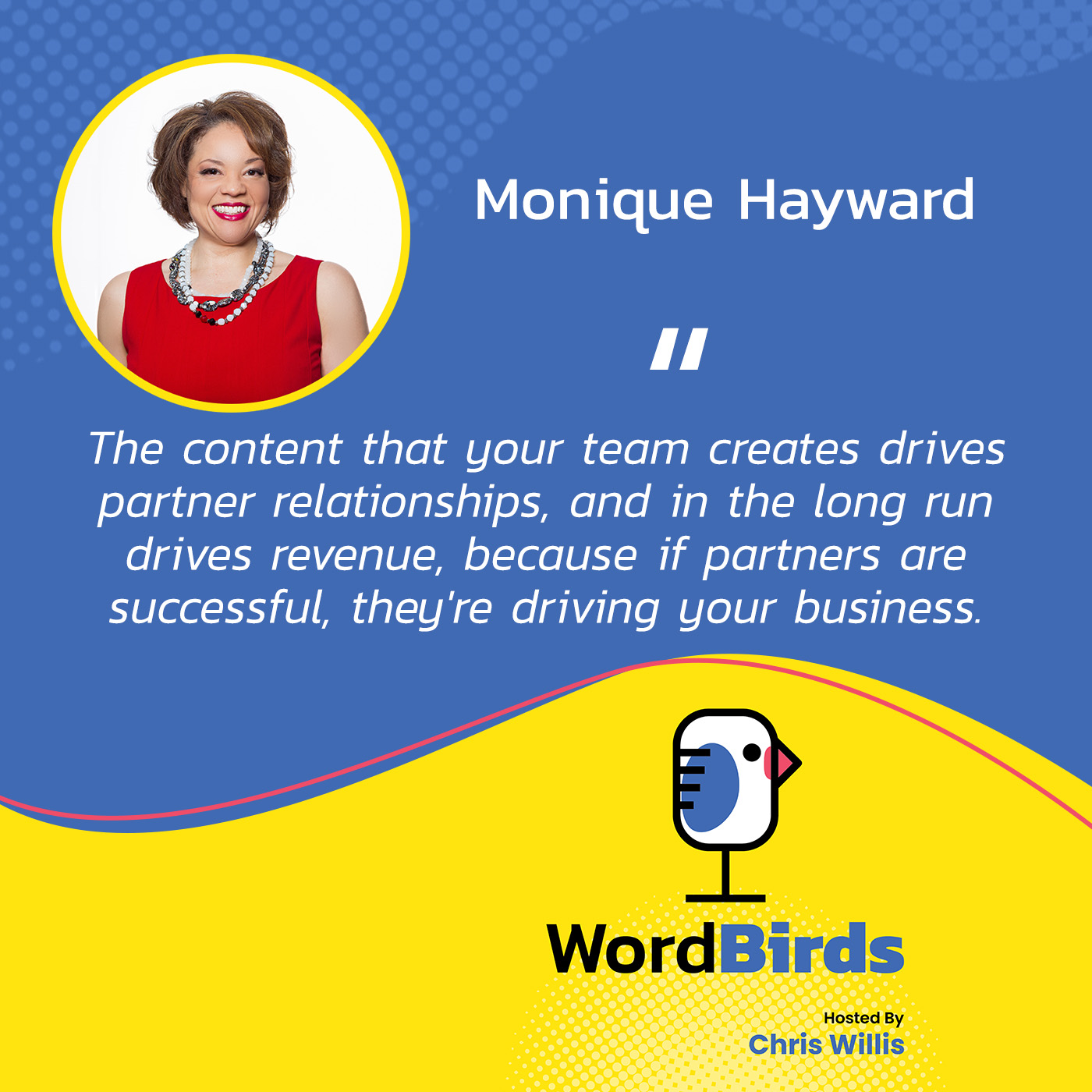
Even at Microsoft, which has hundreds of billions of dollars in revenue and is one of the most highly valued companies in the world, we still are chasing pretty ambitious growth targets, particularly in our business. It’s hard in a big company like Microsoft to find where that next high-growth opportunity is. Double-digit growth year over year. It’s hard to find that the bigger you get. In our business, we are growing at double digits and the bar is high.
Everything that I’m doing with my team, especially as we look at our objectives and key results for this fiscal year, how do we look at the influence that we have on revenue? That’s one of my key targets because we don’t generate revenue ourselves, but we influence revenue. Where do we have the opportunities to drive partner co-selling with our field? That’s another number. Where do we have the opportunity to influence how partners are increasing their capacity so that they can take on more business?
The war for talent is real. There’s a shortage of tech workers. That has been predicted for years, and that’s having a huge impact on our ability to continue to grow this business. How can we put more buts in seats at our partner companies so they can continue to innovate on Dynamics 365 and Power Platform for Microsoft? That’s a huge opportunity for us.
What’s the story that we’re telling about talent acquisition, retention, and development? What’s the story that we’re telling about scaling? You would think that from a marketing standpoint, I wouldn’t care that much about what my internal partners in worldwide learning are doing. I’m concerned, involved, and directly engaged in that conversation in helping and investing with them in these programs that help our partners with their capacity. Those are the three big areas where we are leaning in from a partner marketing perspective to ensure that we have that North Star as revenue growth right there, front and center.
I don’t know why it never struck me the way that you said it, but this isn’t a responsible for Microsoft things job. You are responsible for helping find the people that can be trained on Microsoft products. I’m mind blown. There’s a lot going on in your world.
That’s the beauty of an ecosystem that’s thriving and providing value to all of its participants. There’s wisdom in ensuring that everyone has the opportunity to engage where they see they got the most value that they can deliver, whether it’s Microsoft or a partner. We look at it holistically, which is unusual in a lot of partner marketing constructs.
There is wisdom in ensuring that everyone has the opportunity to engage where they see they have the most value to deliver. Click To TweetIt makes sense because it’s one of the biggest companies in the world that’s largely driven and measured on the ability to be successful with partners. I feel like maybe you must be second in command behind the CEO.
I haven’t even met the CEO of Microsoft, but I’m sure when he reads this blog, he is going to be like, “Keep doing it because this is it.” He is at Microsoft Dynamics 365. Power Platform business is awesome.
Monique, thank you for being on the show. This was amazing. If people want to get in touch with you, follow up on those five steps and understand the simplicity, what’s the best way to reach you?
The best way to reach me is at my website, which is MoniqueHayward.com. All of my links to my socials, my email and everything are right there. Feel free to reach out. Lovely to hear from anyone who thought that this was valuable, important and relevant to the jobs that they are doing in their marketing and communications responsibilities day-to-day.
Thank you very much for being on the show.
Thank you.
Important Links
- Microsoft
- Dynamics 365
- Power Platform
- Get Your Hustle on!
- MoniqueHayward.com
- WordBirds – LinkedIn
- WordBirds – Home page
About Monique Hayward

Monique Hayward is the Senior Director for Business Applications Ecosystem Marketing at Microsoft Corporation. She leads the team responsible for the marketing strategy and programs to accelerate the growth of Microsoft Dynamics 365 and Power Platform products with independent software vendors and systems integrators.
